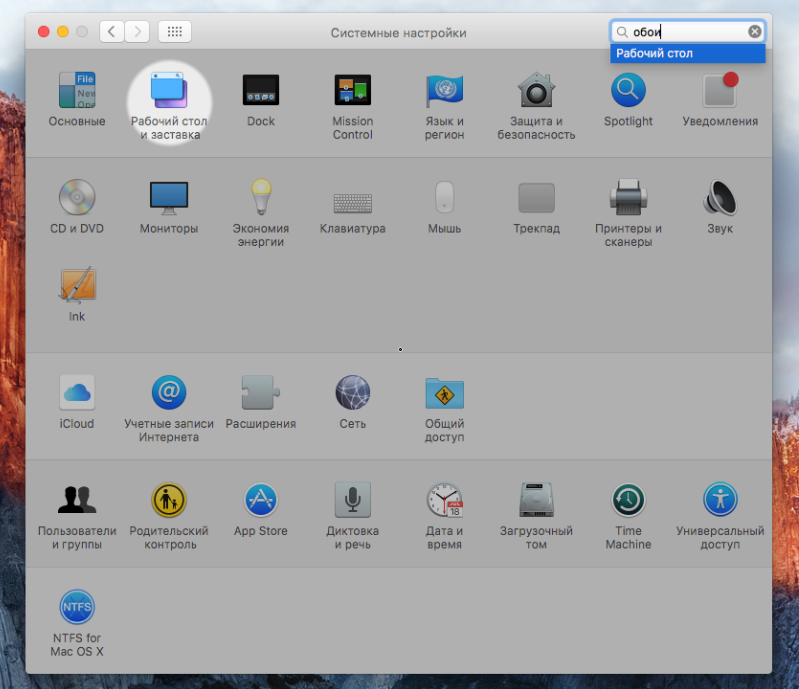

- MAC MOVE DOCK BACK TO MAIN SCREEN HOW TO
- MAC MOVE DOCK BACK TO MAIN SCREEN MAC OS X
- MAC MOVE DOCK BACK TO MAIN SCREEN FULL
An updated design for core apps provides better organization for multiple open windows and makes it easier to interact with apps. The Notification Center has been redesigned with more interactive notifications grouped by app and iOS-style widgets that can be customized in three different sizes. Windows have a lighter appearance for a cleaner look with additional translucency and rounded edges, the Dock is more translucent, app icons have a new uniform squircle shape, menu bars in apps have been redesigned to make them less obtrusive and better able to blend in with your content, system sounds have been entirely redone, and there are new symbols in toolbars, sidebars, and controls to provide clarity and consistency across apps.īuttons and controls for apps now appear when needed and disappear when not in use to provide more focus on content, and the customizable menu bar offers access to a customizable Control Center that houses Wi-Fi, Bluetooth, and AirDrop controls, keyboard brightness, Do Not Disturb, Dark Mode, sound level, and more. The revamped look was designed to feel both fresh and familiar at the same time.

MAC MOVE DOCK BACK TO MAIN SCREEN MAC OS X
Apple introduced the biggest design update to macOS since the introduction of Mac OS X with macOS Big Sur, overhauling everything from the curvature of window corners to colors and dock icon designs. This will lock the Dock on one screen.MacOS Big Sur is the prior version of macOS, and it has been replaced with macOS 12 Monterey. Look for the option called position on screen And set it to either of them the left or right. Put the Dock to the sideįor this, again, open a file An apple menu and click System Preferences, then go to Dock and menu bar Section.
MAC MOVE DOCK BACK TO MAIN SCREEN HOW TO
Related: How to Use Stacks to Keep Your Desktop and Dock Organized on Your Mac Option 2.
MAC MOVE DOCK BACK TO MAIN SCREEN FULL
This includes each screen with its own menu bar and applications capable of running in full screen view on each screen. The negative side: Check out other dual screen features.

Next, the Dock should stick to your primary monitor. To apply this change, log out and then log back in. Uncheck the option labeled Display screens have separate spaces. Open the An apple menu and click System Preferences, then go to mission control Section. At this time, all you can do, let’s take a look. Unfortunately, both are nothing more than workarounds, which may or may not be satisfactory to you. You’d probably prefer to keep the Dock locked to one screen. Many users like this, but you probably don’t. However, in recent versions of macOS, the Dock appears on all screens by default.

Of course, there are also plenty of other reasons for having multiple monitors. If you haven’t already, you should start using a dual monitor setup as it can really boost your productivity.


 0 kommentar(er)
0 kommentar(er)
